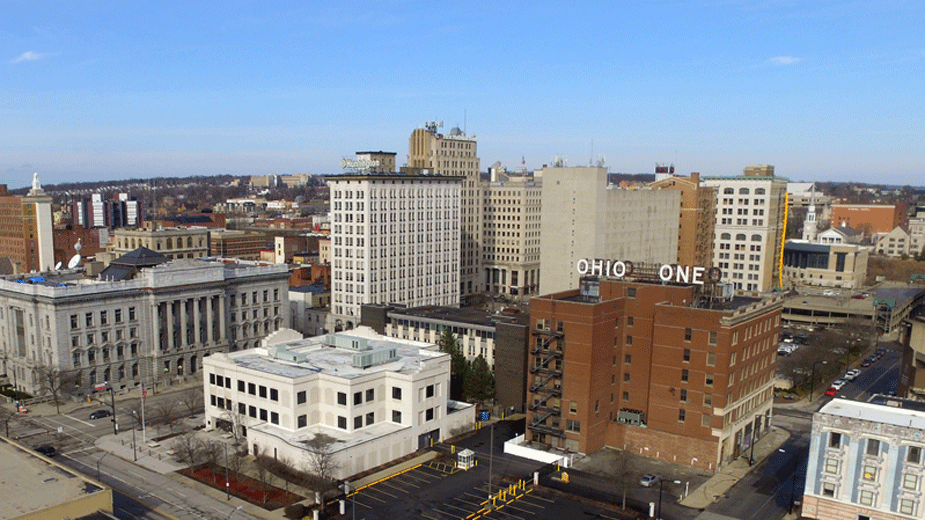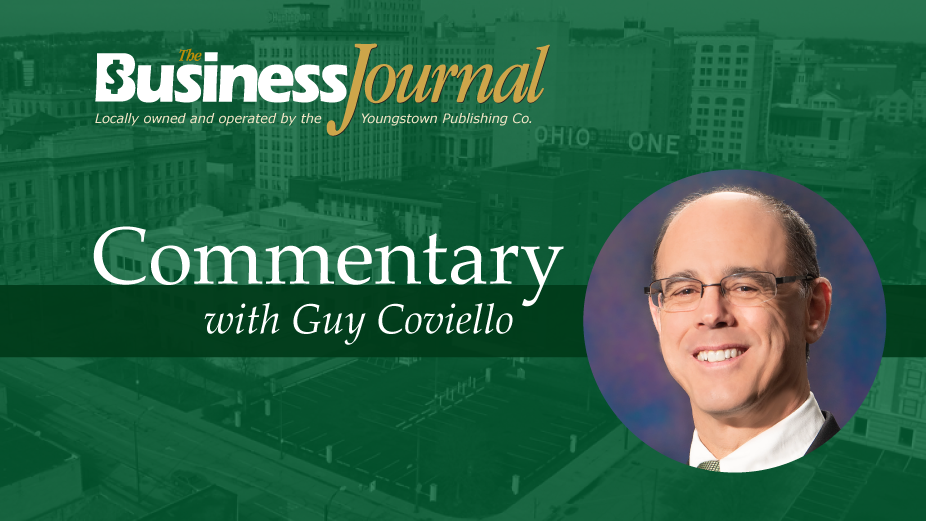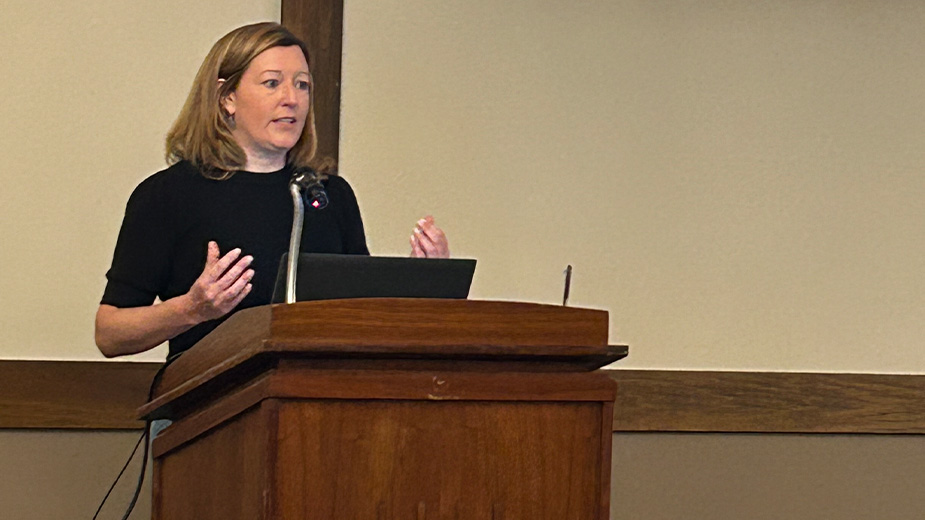Region Offers Plenty of Incentives for Business
YOUNGSTOWN, Ohio — Whether you have a startup business that needs a boost or an existing business that needs capital to expand, numerous economic development resources are available and organizations are waiting to help.
“Our main reason for existing is to create jobs. We’re obviously looking to have that happen at anytime a request is made to us,” says Jim Cardamon, zone coordinator of the Shenango Valley Enterprise Zone Corp.
Along with the Shenango Valley Enterprise Zone, the city of Youngstown’s Economic Development Division, Mahoning Valley Economic Development Corp. and the Columbiana County Port Authority offer tools to help businesses be successful. The primary focus of these economic development organizations is to create jobs, but each uses different methods to accomplish its goal.
For the Shenango Valley Enterprise Zone Corp., the focus is to facilitate the expansion of business and industry within designated enterprise zones by lending money to startups or established businesses.
The zones were established in the wake of industrial retrenchment in the 1980s. They include the cities of Sharon and Hermitage, portions of the boroughs of Wheatland, Sharpsville, West Middlesex and Greenville, all of the city of Farrell, and portions of Pymatuning, South Pymatuning, Hempfield, Shenango and Delaware townships.
The corporation has a revolving loan fund that is secured by liens on collateral.
“We can loan a maximum of $250,000,” Cardamon says.
The Shenango Valley Enterprise Zone Corp. will lend up to 50% of a project. Interest rates are fixed and are 60% of the prime lending rates up to a five-year term, 60% plus ½% for 7-year terms, and 60% plus 1% for 10-year terms.
The term of the loans depend on the business, Cardamon says. “Loans for real estate have a repayment period of up to 10 years, and loans for machinery and equipment have a repayment period of up to five years.”
The application process for a loan is, “similar to any application at any financial institution,” Cardamon says. The corporation looks at financial history, how the business intends to pay back the loan and how many loans from other lenders the business is receiving.
“We’re here to help and we want to be used,” he says.
Youngstown’s Economic Development division doesn’t provide funds for projects but “we have the tools to plug the gap,” says T. Sharon Woodberry, director of community planning and economic development.
These include the Youngstown SBA Initiative, Citywide Façade Renovation program, HUBZone Empowerment Contracting program, Ohio Enterprise Zone program, interim float loans, business park incentives and the community reinvestment area tax abatement.
“We use the tools we have but we also look at who else we can bring to the table,” Woodberry says.
Other organizations the city often refers businesses to are the Youngstown Business Incubator, the Small Business Development Center at Youngstown State University, the Youngstown chapter of Score, and if a business needs capital, Woodberry suggests the Mahoning Valley Economic Development Corp.
MVEDC helps businesses that can’t get the loans they need for a project from a commercial bank. It uses a revolving loan fund, where it receives its funds through organizations such as the Small Business Administration and the U.S. Economic Development Administration.
“We have been taking on a higher degree of credit-risk type businesses, simply because there’s more of a capital demand for those businesses,” says MVEDC’s executive director, Michael Conway. “Successful, mature and profitable businesses are being more than adequately handled by traditional banks.”
MVEDC offers 10 loan funds through its GrowBiz Fund initiative, which has interest rates ranging from 3% to 7% depending on the project it’s needed for.
“What drives the interest rate is the cost of our money,” Conway says. “Some of our loan funds are federal and they come to us as a loan so we have to pay that back. If we’re borrowing at 1% interest we have to lend at 5% because we need to pay our bills since we’re a nonprofit.”
Much of the time, MVEDC receives loan requests from banks to help their customers, Conway says. The loan fund currently serves 300 customers and MVEDC’s portfolio is around $40 million, he says.
Another economic development resource, the Columbiana County Port Authority, works as a conduit to connect businesses to the right resources.
“We offer the ability to leverage state and local grants to assist with businesses by providing savings to the companies where they wouldn’t save those tax dollars if they did it by themselves,” says Executive Director Penny Traina.
The port authority has access to state business incentives and tax credits, financial assistance through the Regional 166 Loan program at the Ohio Development Services Agency, enterprise zones, workforce incentive programs through the Ohio Investment Training Program, issue revenue bonds, and is a partner with the Northeast Ohio Trade and Economic Consortium for its Foreign Trade Zone 181.
An FTZ is a secure area supervised by U.S. customs agents but generally considered outside their jurisdiction to impose duties. In a foreign trade zone, goods can be landed, stored, handled, manufactured or improved before they’re shipped, exempt from U.S. taxes, either to another FTZ or abroad.
“They would save money on imports and exports,” Traina says. “We can help them manage those trade zones and get more bang for their buck.”
The Wellsville Intermodal Facility, owned by the port authority, is the only site in Columbiana County that contains a FTZ of 66 acres.
“We’re able to work with [the Northeast Ohio Trade and Economic Consortium] to assist a company coming in wanting to deal in international trade,” she says. “Anyone who wants to be in business at the intermodal facility has the capability of being in that foreign trade zone footprint.”
This month Traina plans to implement the port authority’s revised Business Expansion Program. The approach in the past has been having businesses fill out a survey asking how the port authority can help, but Traina’s vision is to “knock and talk” to businesses instead.
Traina intends to become more visible as an economic development tool by visiting and assisting businesses, as well as by focusing on entrepreneurs in the county.
“We’re going to find out what their needs are then we’ll come back and put together a package for the businesses to show them the ways they can receive help,” Traina says. “We’re going to be boots on the ground knocking and talking.”
Copyright 2024 The Business Journal, Youngstown, Ohio.



